Mexico currently has six oil refineries. A seventh, the Dos Bocas Refinery in Paraiso, Tabasco, is scheduled to begin refining operations in 2023.
Here is an overview of the 6 oil refineries in Mexico:
Cadereyta Refinery
- Location: Cadereyta Jiménez, Nuevo León
- Output: 34,500 m3/d (cubic meters per day), or 217,000 bpd (barrels per day)
Francisco I. Madero Refinery
- Location: Ciudad Madero, in the municipality of Tamaulipas
- Output: 28,100 m3/d, or 177,000 bpd
Minatitlan Refinery
- Location: Minatitlan, Veracruz
- Output: 26,600 m3/d, or 167,000 bpd
Salamanca Refinery
- Location: Salamanca, Guanajuato
- Output: 30,500 m3/d, or 192,000 bpd
Salina Cruz Refinery
- Location: Salina Cruz, Oaxaca
- Output: 52,000 m3/d, or 330,000 bpd
Tula Refinery
- Location: Tula, Hidalgo
- Output: 51,000 m3/d, or 320,000 bpd
All these oil refineries are owned and operated by the same company, Pemex®.
Table of Contents
Pemex – the owner and operator of all Mexican oil refineries
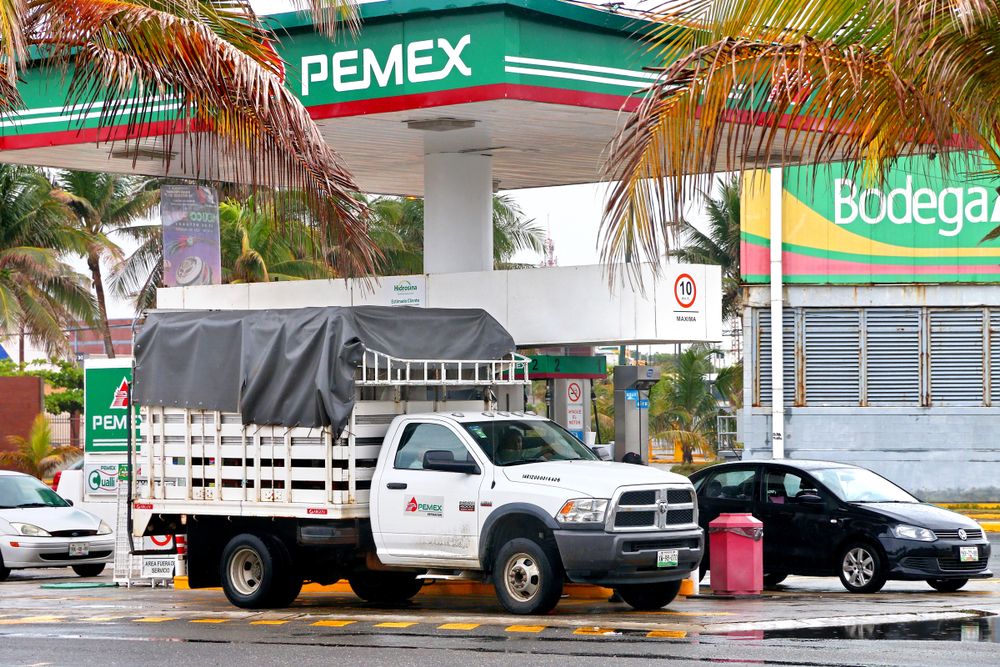
Pemex is a formulation combining “Petroleos” with “Mexicanos.” “Petroleos Mexicanos” translates to “Mexican Petroleum”.
Pemex is the Mexican state-owned oil company created in 1938 through the nationalization and expropriation of all Mexican private oil companies.
Pemex’s total assets were $101.8 billion as of December 2019, and it was Latin America’s second-largest enterprise in terms of annual revenue at the time.
In 2019, the company was ranked 9th worst industrial polluter in the world (The Guardian, 2019.)
A brief history of Pemex
Pemex is Mexico’s most important company and the largest in Latin America. The company is the largest contributor to Mexico’s tax base, and it says its income helps support all levels of government: municipal, state, and federal.
The company, directly and indirectly, influences Mexico’s economic and social development, starting with its presence in virtually every state in Mexico.
Pemex’s long history has made it one of the most integrated oil companies in the world.
Pemex controls its entire vertical operations base, from development to the entire production chain, including exploration, production, and industrial processing/refining.
About Pemex’s day-to-day operations
Each year, the company carries out extensive exploration and extraction projects, producing approximately 2.5 mb/d (million barrels per day) and 6 million cubic feet of natural gasoline.
Using six refineries, eight petrochemical complexes, and nine gas processing complexes, Pemex can produce multiple refined products.
Logistically, the company operates 83 land and maritime terminals and oil and natural gas pipelines and vessels. It also has various fleets of ground transportation to provide services at over 10,000 stations across Mexico.
Cadereyta Refinery, Cadereyta Jiménez, Nuevo León
The refinery was established in 1979 and has an NCI (Nelson Complexity Index) score of 10.7.
Key facts about the refinery:
- It is expected that the refinery’s capacity will remain at 275,000 bpd by 2030.
- The Cadereyta refinery recorded nine incidents between 2015 and 2020.
About the town and area of Cadereyta Jiménez

Cadereyta Jimenez refers to both a Mexican city and a municipality in Nuevo Leon.
Cadereyta Jimenez is a central Mexico municipality. The city of Cadereyta Jimenez is the capital of the municipality. It is also the main population center.
Mexico’s 2005 census showed that Cadereyta Jimenez had over 56,000 residents, making it the ninth-largest city in Mexico.
Francisco I. Madero Refinery, Ciudad Madero, Tamaulipas
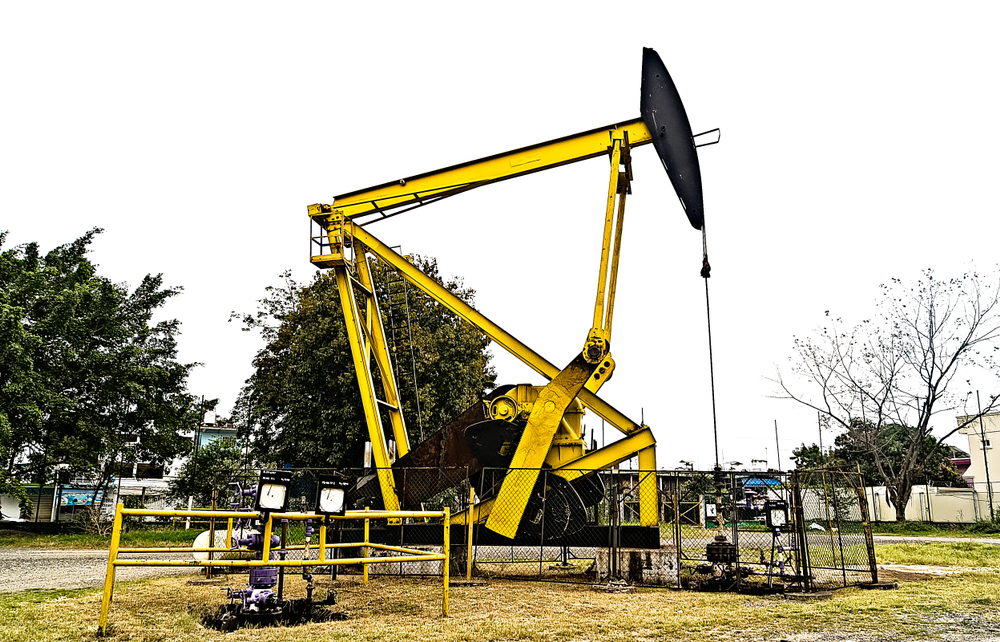
The refinery was established in 1914 and has an NCI score of 12.1. It was named after assassinated President Francisco I. Madero, the 37th president of Mexico.
Key facts about the refinery:
- It is expected that the refinery’s capacity will remain at 190,000 bpd by 2030.
- The Madero refinery recorded four incidents between 2015 and 2020.
About the town and area of Ciudad Madero, Tamaulipas
The southeast Tamaulipas coastal city of Ciudad Madero is located on the Gulf of Mexico. The census of 2005 recorded a population of over 209,000, making it the seventh-most populous city in the country.
Ciudad Madero is a major center for oil refining in Mexico.
Minatitlan Refinery, Minatitlan, Veracruz
The refinery was established in 1956 and has an NCI score of 9.52.
Key facts about the refinery:
- The refinery’s capacity is planned to remain at 285,000 bpd up to 2030.
- The Minatitlan refinery recorded four incidents between 2015 and 2020.
About the town and area of Minatitlan, Veracruz
Minatitlan, a city located in the southeastern Mexican state of Veracruz, is found in the Olmec area of the state and the north of the Isthmus of Tehuantepec.
Minatitlan is where the Refineria Gral oil refinery was located. The Refineria Gral began operations in 1906, and it was the first of its kind in Latin America.
It has since undergone a change of name. In 2003, the refinery saw a major expansion to increase its current capacity of 240,000 bpd.
Minatitlan, a sister city of Colima, lies on the opposite side of Mexico. It is fully dependent on trade and the oil industry.
The city is world-famous for hosting the Coffee and Mining Fair (Feria del Cafe y Mineria) each January.
Salamanca Refinery, Salamanca, Guanajuato
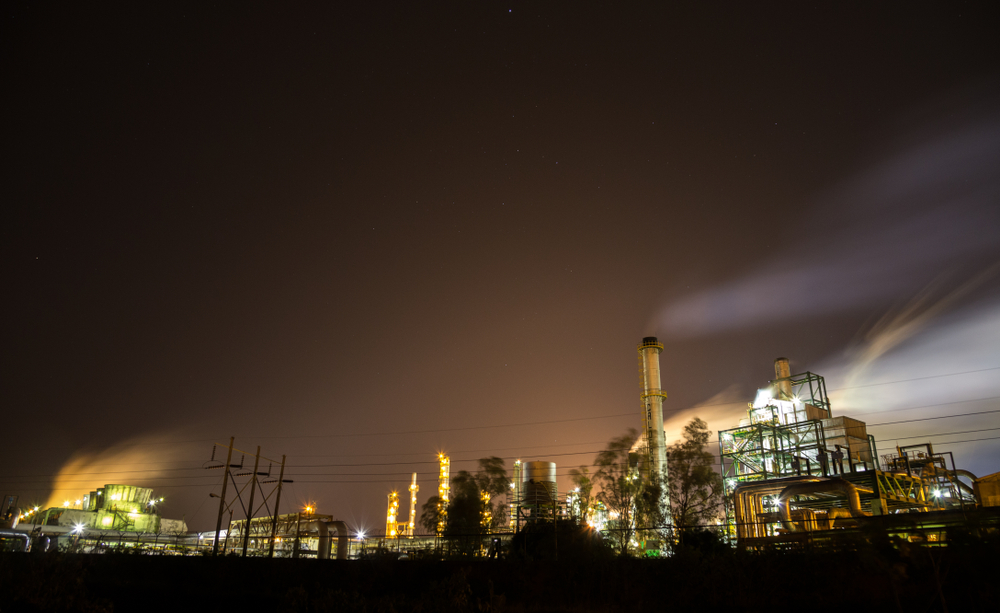
The refinery was established in 1956 and has an NCI score of 9.52.
Key facts about the refinery:
- The capacity of the refinery is not available.
- The number of incidents at the Salamanca refinery during 2015-2020 is unavailable.
About the town and area of Salamanca, Guanajuato
Salamanca is a Mexican city located in Guanajuato. Salamanca was founded by Viceroy Gaspar de Zuniga, and the 5th Earl of Monterrey, Viceroy Acevedo, on the 1st of January 1603.
Salamanca has seen many refineries open in recent years. This has made it an important location for both manufacturing and services.
The University of Guanajuato has also made significant scientific contributions to agricultural and industrial technology development, which has helped to boost local and regional industries.
According to the 2020 census, there were over 270,000 people in the city.
Salina Cruz Refinery, Salina Cruz, Oaxaca
The refinery was established in 1979 and has an NCI score of 8.09. It is the largest refinery in Mexico; however, it has not operated at peak capacity for some time.
According to Pemex data, the facility is producing slightly more than 200,000 bpd of crude oil as of June 2021.
Key facts about the refinery:
- It is expected that the refinery’s capacity will remain at 330,000 bpd by 2030.
- The Salina Cruz refinery recorded seven incidents between 2015 and 2020.
About the town and area of Salina Cruz, Oaxaca
Salina Cruz, a major seaport along the Pacific coast of Oaxaca in Mexico, is known as “Salina Cruz”. It is the third-largest municipality in the state and the municipal seat for the municipality with the same name.
In 2005, it had a population of over 70,000 people.
Tula Refinery, Tula, Hidalgo

Information about when the refinery was established and its NCI score is not available.
Key facts about the refinery:
- It is expected that the refinery’s capacity will remain at 315,000 bpd by 2030.
- The Salina Cruz refinery recorded at least one (but probably many more) incidents between 2015 and 2020.
About the town and area of Tula, Hidalgo
Tula de Allende (also known as “Mameni” in Otomi) is one of 84 Hidalgo municipalities. As of the 2010 census, over 100,000 people were living here. Many smaller towns are outlying the municipality, including El Llano and San Marcos.
Tula is among the fastest-growing cities in Mexico, and it is a major economic hub. However, Tula is most well-known for being the site of the Tula archeological excavation, which is famous for the Atlantean figures of Tula.
The 2010 census showed over 188,000 people lived in Tula’s urban area, a conurbation of Atotonilco, Atitalaquia, and Tlaxcoapan municipalities.
The Mexican petroleum industry
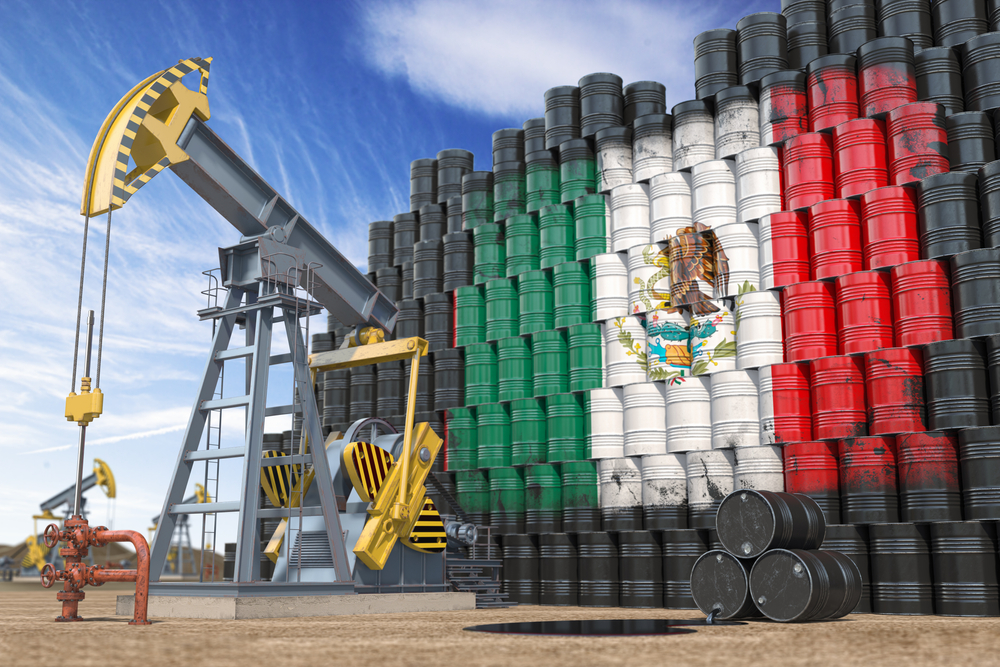
Mexico’s petroleum industry is the 11th largest oil producer globally and the 13th largest net exporter.
Mexico is home to the 17th largest oil reserve in the world and the fourth largest Western Hemisphere oil producer, behind Venezuela, Canada, and the United States.
Mexico is not a member of any petroleum production-related organization, including OPEC (the Organization of Petroleum Exporting Countries).
However, it has been a member of NAFTA (North American Free Trade Agreement) since 1994.
Mexico’s petroleum sector is vital to its economy. Although oil production has declined in recent years, oil still generates over 10% of Mexico’s export earnings.
Pemex’s revenues make up about a third of all tax revenues collected by Mexico.
Problems that Mexican oil refineries face today
Bad government policy
Mexico, a major oil producer, is now facing increasing challenges. President Andres Manuel Lopez Obrador has made it more difficult for private companies to continue their energy operations.
Instead, he plans to give the state greater control over the sector.
The Mexican government proposed a constitutional change to increase state control over the energy market.
The president appears to be pushing out private energy companies to make Mexico’s fuel and electricity markets fully state-owned.
This would reverse attempts by the previous administrations to allow private investors.
The Federal Electricity Commission (CFE) will take control of half the Mexican electricity market if the president’s push for state ownership is successful and will establish terms for private operators.
President Obrador will cite lower electricity prices for consumers as one objective if the reform is approved.
If the reform wins political support, its success will result in the dissolution of the National Hydrocarbons Commission and the Energy Regulatory Commission (CRE), the main energy industry regulators.
Both opposition political parties and supporters of President Obrador have criticized the targeting of Mexican oil regulators. They claim these regulators have helped prop up the oil sector for years.
Global trends towards cleaner energy sources
Despite an obvious general global trend towards cleaner fuels, Pemex aims to increase gasoline production to decrease dependence on imports to stabilize and lower the price of gasoline for Mexicans.
Based on Pemex’s published assumptions, the company believes that it will be able to increase its gasoline production from 185,000 bpd in 2020 to 664,000 bpd by 2024.
These levels of production would allow Pemex to acquire an 85% share of the market by 2024 and terminate the direct importation of gasoline.
The remainder of the market would then be dealt with by private traders.
However, this hypothetical and somewhat optimistic scenario has several real-world obstacles that need to be overcome.
Mexico’s crude oil is getting harder to extract
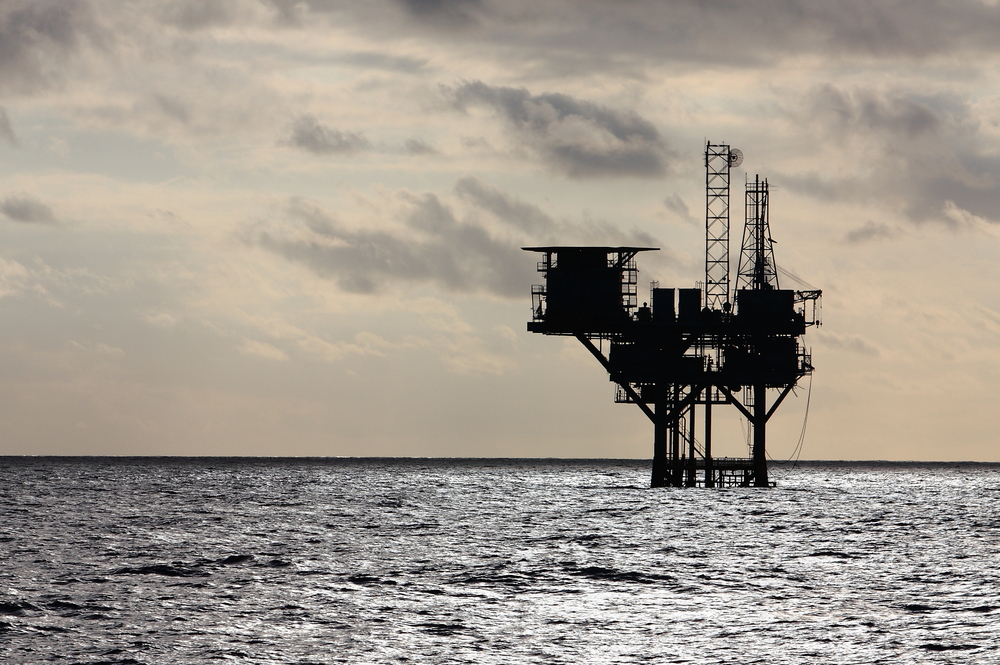
Mexico’s exposure to increased difficulty in extracting crude oil from its oil fields is well known. Due to the rapid decline of two large oil fields, Pemex has seen a sharp drop in crude oil production since 2004.
KMZ (Ku-Maloob-Zaap) and Cantarell were once responsible for more than 70% of Pemex’s total crude oil production.
No new technology or oil field discovery has significantly boosted Pemex’s crude oil resources in the intervening years.
Therefore, the company’s oil production remains worryingly stagnant and places restrictions on the crude availability for refining.
Pemex’s quality of crude from traditional fields is also declining. The decline is not only in API gravity (API stands for American Petroleum Institute) but also due to an increase in water, sand, metals, and other contaminants.
In other countries, major refining companies have access to crude oil from both local and international sources.
However, Pemex’s refineries buck the trend and rely solely on domestic crude. This policy does not seem to be changing.
Mexico’s aging and outdated refineries
The NRS (National Refining System) has faced a number of issues that have affected its production levels, capacity utilization rates, and market value, all of which have impacted its economic performance.
The NRS’ yearly crude processing declined by 45% between 2015 and 2020. This has reduced the capacity utilization rate from 65% to a mere 36%.
As an example, the 2020 average US refinery utilization rate was 79%.
Another problem is the low quality of the refined products mixture. This is due to the archaic design of three refineries (Tula, Salina Cruz, and Salamanca).
These three refineries use catalytic cracking conversion methods that yield large volumes of residuals rather than distillates like jet fuel, diesel, or gasoline).
Mexico’s oil refining industry is not an attractive prospect for global investors
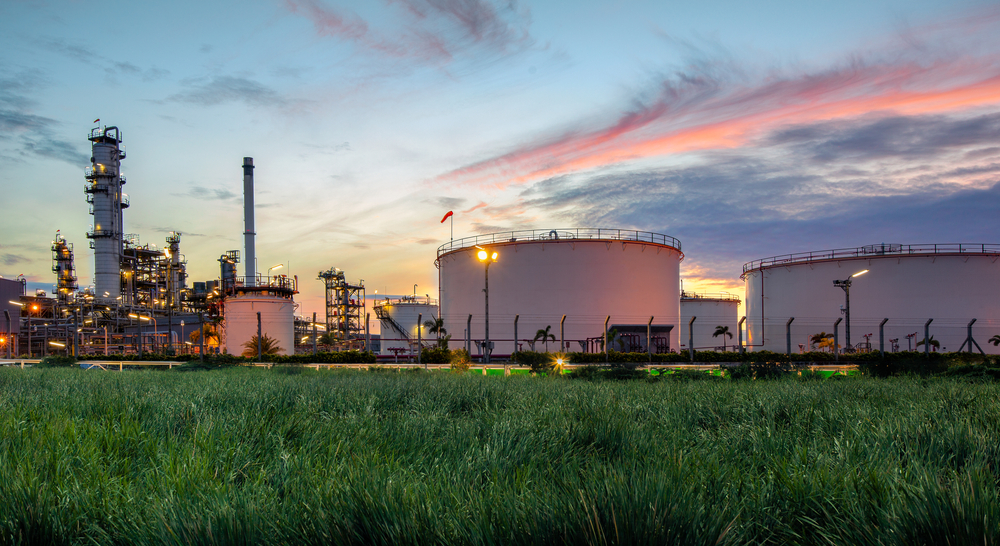
Mexico is now ranked among the least desirable countries in terms of government take, costs, and margins. To be competitive for new investments, governments need to reduce the royalty and tax they charge.
Experts predict a global market that is oversupplied and has an ever-growing excess of processing capacity due to the significant drop in global fuel consumption caused by Covid-19.
The discrepancy in refining capacity and world demand for fuel was 3 mb/d in 2019. It is expected to rise to more than 11 mb/d by 2025 as new refineries open.
The President Obrador government still believes in oil despite the difficult global environment and the addition of a Biden clean-energy agenda.
It is still betting on the state-run Petroleos Mexicanos (Pemex), despite the company being heavily indebted and only having half of its investment budget from years ago.
Pemex must do everything by itself – explore and produce, refine, transport, and store – in order to regain its monopoly status, even though it has depleted oilfields and near-obsolete refineries.
So, does Mexico have oil refineries?
Mexico indeed has oil refineries, six of them, to be exact, with a seventh on its way. However, years of underinvestment and over-exploiting are steadily degrading these refineries.
Added to the problem is that Mexico’s oil fields are no longer in their most productive phase, and extracting their oil is increasingly more difficult.
With the whole world ever more concerned about moving over to green energy, the future for Mexico’s oil refineries has never been more uncertain.

















